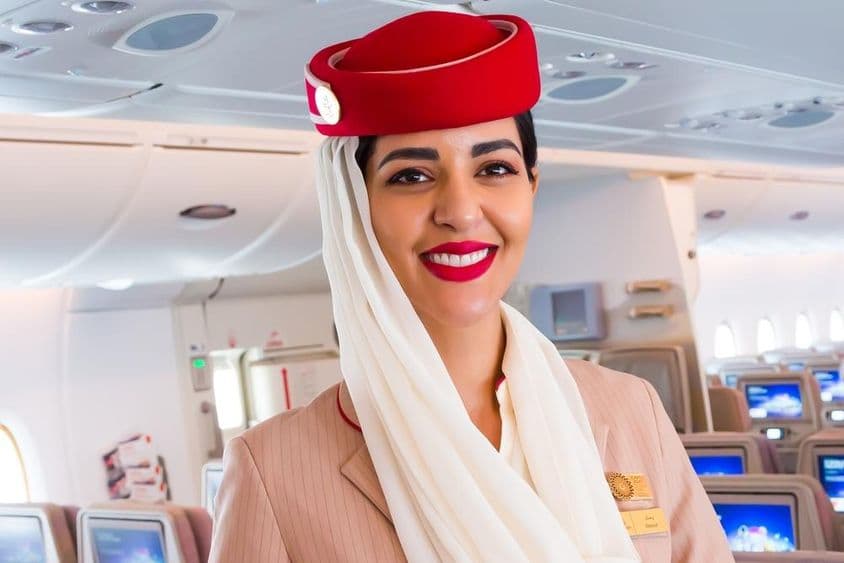Middle East’s Aviation Sector Surges to New Heights

265,000 New Jobs: Middle East Aviation Revolution - Dubai at the Center
In the next two decades, the Middle East's aviation sector will undergo a complete transformation, with Dubai remaining its central player. According to a forecast by European company Airbus, the region will need more than 265,000 new professionals in the industry by 2045, as continuous economic growth, tourism, and trade expansion significantly increase air traffic.
Spectacular Expansion in the Sector
Based on a report released before the Dubai Airshow 2025, the region will require 69,000 new pilots, 64,000 technical specialists, and 132,000 flight attendants. This not only offers career opportunities for local residents but also for skilled workers coming from abroad. The survey indicates that the current fleet of 1,480 aircraft will grow to over 3,700 by 2044.
One of the main drivers of this growth is the globally outstanding demand for wide-body aircraft in the Middle East. While the global average is around 20%, here, 42% of fleet expansion will be made up of these types. This is also due to the strategic location of the region, as Dubai and other Gulf states naturally become hubs for the eastward-shifting international air traffic.
Al Maktoum - The World's Largest Airport of the Future
Dubai is not only reacting to current trends but actively shaping them. The construction of Al Maktoum International Airport will be a milestone like never before. The facility under construction will become the world's largest airport, fundamentally redefining the logic of global aviation. The new airport aims to become the primary hub for long-haul flights connecting continents, particularly between Asia and Europe.
Billions of dirhams will be spent on the project and related infrastructure, which is of significant importance not only in logistical and economic terms but also in terms of job creation. Tens of thousands of new jobs may be created directly and indirectly in connection with the airport, including service staff, engineers, security, and ground handling staff.
Dubai Airshow: Focus on Innovation and International Attention
The Dubai Airshow, held at Dubai World Central, garners increasing attention on the global stage every year. This year's five-day event attracts exhibitors from 115 countries, nearly 500 civil and military delegations, and 150,000 visitors. The event is not only a venue for fostering business relationships but also a showcase for the latest aviation technology solutions.
The region's commercial aviation services market is estimated to reach about 30 billion dollars over the next 20 years. This includes aircraft maintenance, crew training, flight operations, air traffic management development, and cabin and on-board connection upgrades.
A Driving Force in the Economy
Aviation is currently a defining element of the United Arab Emirates' economy: the industry contributes approximately 92 billion dollars, or 18.2% of the country's GDP. This proportion is expected to grow further, especially due to new investments, developments, and anticipated population growth.
Forecasts indicate that the region's population could grow by about 240 million by 2045, which will naturally further increase the demand for air travel. Simultaneously, the number of tourists and business travelers will also show significant growth, especially in hubs like Dubai, which has become one of the world's most important transit stations.
Beginning of a New Era
The transformation of the Middle East region on the global aviation map not only creates opportunities but also brings challenges. The growing demand for skilled labor can encourage the development of local educational and training systems and open new horizons for younger generations looking to build a career in aviation.
Continuous technological development, innovation drivers, and the region's commitment to modern and sustainable transportation solutions indicate that Dubai and the entire Gulf region will remain key players in shaping the future aviation system. The next two decades will bring not only quantitative growth but also qualitative transformations that could set a new standard for the world.
(The article is based on a press release from Airbus.)
If you find any errors on this page, please let us know via email.


